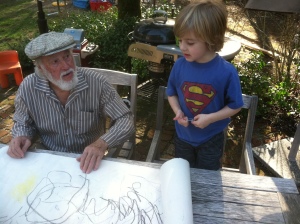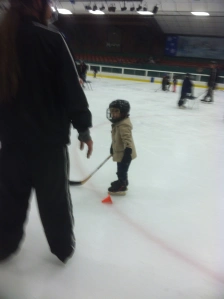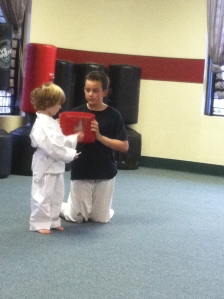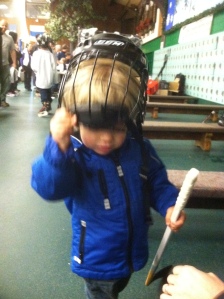Up above me sits my modest collection of parenting books which are nestled next to my books about California civil procedure (i.e. litigation). Both basically deal with the same thing – how to address challenging moves. When I glance above at the books I have a new perspective. I’m not sure why, but maybe it’s the five years of mommy hood, observing trials and tribulations with my own boys and those of my friends. The reason doesn’t matter – but here is the thing. All parenting books are basically the same.
Just think about it. Using the books on my shelf as an example there is the book on positive discipline, touchpoints on emotional development, and healthy sleep happy child. Each of these books have one thing in common. They tout one particular theory and give examples of how to implement it.
These examples seem good in theory. For example, calmly telling the escaping toddler to come back and using positive reinforcement to encourage results. But what happens when the toddler is running towards oncoming traffic? Will calmness work then? Not for me.
Then what are these books? I think they are ideals. They set forth paradigms to think about parenting, strategies for dealing with different behaviors. This has to be checked against the reality that no single theory will work all the time, nor should it. We are complex beings.
Even typing this makes me question my thought – as these are the books professed by experts to raise happy and healthy kids. Like there is some sort of recipe – 50 positive affirmations + 0 timeouts = happy child. But there is no recipe for successful parenting as each child is different.
We live in a culture where everyone has an answer to something. Hell, even before our children are born, we read books that tell us what to expect. They give detailed pictures, diagrams, charts (ya da ya da), to try and explain the unexplainable.
When I first read those books, I did gain some sort of comfort. But now looking back, I wonder what they really added. Those precious hours spent studying different books, parenting philosophies and even educational philosophies, could have been spent just enjoying the then present moment of pregnancy.
This outward direction ensues beyond pregnancy and into parenting. Maybe it’s technology, the internet or fear of duplicating the mistakes of our own parents. Everything directs parents outside of themselves to seek external answers – in books, on the internet or experts.
I’m not saying that all expert opinions are bad as I have gotten wonderful advice from behavioralists and professionals. What I am saying is that we ourselves are our own experts. And sometimes our instincts provide answers. Take the birth of my second son for example. The nurse nearly sent me home 45 minutes before he was born. She was convinced I wasn’t in labor. If that was the case, then I guess C’s labor was some sort of record.
Sure birth and parenting are two different things, but both give reason to trust ourselves. We know what’s best for our kids. On an instinctual level we can read their smiles and body language. Sometimes we can understand what they are experiencing without them saying it. And this connection is so so important.
For me, I have to remind myself on a daily basis that I know what’s best for my boys. And if it is questioned, then after fully exploring the rationale for it, then I always reconnect with my instinct. After all it is about doing what’s best for them, and sometimes the answer to that is within us.
So at least for me the next time that I feel the need to reach above to my shelf of parenting books, I am going to step back and try to find the inner answer. Maybe yoga, meditation or a walk. And then if after that I still feel the need to consult the written word, then I’ll peruse the book, but knowing that no book has all the answers and that sometimes the best answer lies within.









